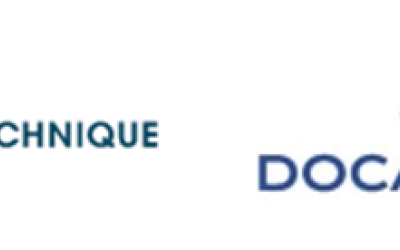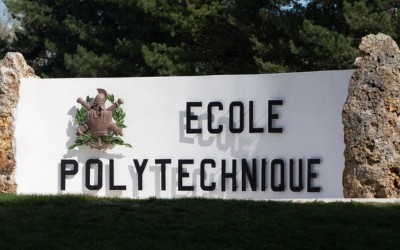- Home
- Press Room
- Press Releases
- A New Non-invasive Technique For Parchment Diagnosis
A new non-invasive technique for parchment diagnosis
In the Middle Ages, parchment was the main writing support prior to the arrival of paper. Parchment is made from animal skin which is treated, scraped and dried under tension. After the manufacturing process, the main remaining constituent is collagen, a fibrillar protein. Parchments are incredibly sensitive to heat and water and the combination of the two can lead to an alteration in the multiscale structure of fibrillar collagen. The ultimate stage of collagen degradation is a total loss of fibrillar organization, i.e. the formation of gelatin, which can cause the parchment to become transparent and rigid. The main challenge for conservation scientists and conservators today is to identify the conservation state of parchment in order to select the optimal restoration treatment and the conservation conditions. Currently, the assessment of parchment degradation usually involves sampling with destructive investigation techniques.
Nonlinear optical (NLO) microscopy is a 3D imaging technique that provides micrometer-scale resolution images. By combining second harmonic generation (SHG) signals, which are sensitive to fibrillar collagen, with an analysis of the polarization of the state of light, it is possible to measure the degree of alignment in the fibrillar collagen, which is closely related to the state of degradation. This approach was tested on a set of contemporary parchments, which were artificially altered by heat exposure for increasing durations and then validated by comparing them with a reference technique to assess the conservation state. Nonlinear optical microscopy was then used to analyze historic 13th century parchment manuscripts belonging to the renowned collection at the Chartres Library. Some of these manuscripts were destroyed or damaged to varying degrees when the city was heavily bombed in 1944 during the Liberation. The parchments were exposed to fire (and subsequently heat) as well as water, which was used by the firefighters to put out the fire. In 2009, some of the damaged documents were restored using humidification in order to flatten the parchments. Using nonlinear optical microscopy, the researchers were able to map the conservation state of several parchment manuscripts and confirm the absence of impact from the restoration process.
These results create new possibilities for the analysis of collagen-based cultural heritage artefacts, such as parchments, leather, or natural history specimens dried or preserved in fluids. More generally, this nonlinear optical microscopy technique, which still remains relatively unknown in heritage sciences, offers new possibilities for uses in a wide range of fields.
Read the full publication in Science Advances:
https://advances.sciencemag.org/content/7/29/eabg1090.abstract
Reference:
Margaux Schmeltz, Laurianne Robinet, Sylvie Heu-Thao, Jean-Marc Sintès, Claire Teulon, Guillaume Ducourthial, Pierre Mahou, Marie-Claire Schanne-Klein and Gaël Latour. (2021) « Noninvasive quantitative assessment of collagen degradation in parchments by polarization-resolved SHG microscopy », Science Advances, Vol. 7 (N° 29). DOI : 10.1126/sciadv.abg1090.
About École Polytechnique
École Polytechnique, also known as L’X, is the leading French institution combining top-level research, academics, and innovation at the cutting-edge of science and technology. Its various undergraduate and graduate-level programs – Bachelor of Science, Ingénieur Polytechnicien (Master’s level program), Master’s, and PhD – are highly selective and promote a culture of excellence with a strong emphasis on science, anchored in humanist traditions. As a widely internationalized university, École Polytechnique offers a variety of international programs and attracts a growing number of foreign students and researchers from around the globe (currently 41% of students and 40% of faculty members).
École Polytechnique offers an exceptional education to prepare bright men and women to excel in top-level key positions and lead complex and innovative projects which meet the challenges of 21st century society, all while maintaining a keen sense of their civil and social responsibilities. With its 23 laboratories, 22 of which are joint research units with the French National Center for Scientific Research (CNRS), the École Polytechnique Research Center explores the frontiers of interdisciplinary knowledge to provide major contributions to science, technology, and society. École Polytechnique is a founding member of Institut Polytechnique de Paris.
See also


 Support l'X
Support l'X 